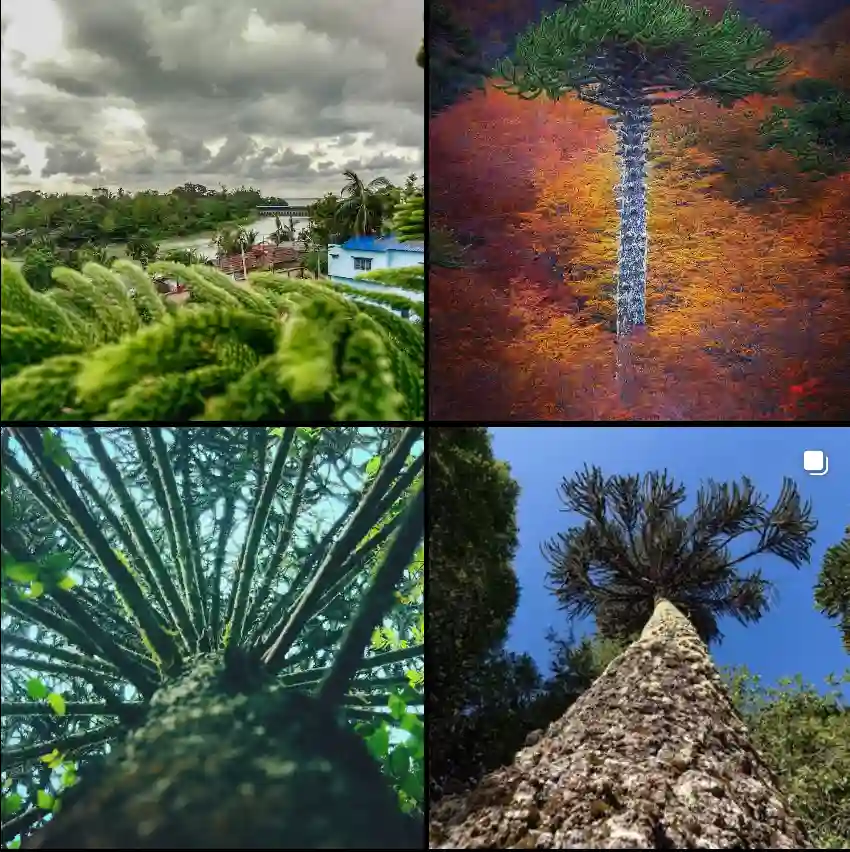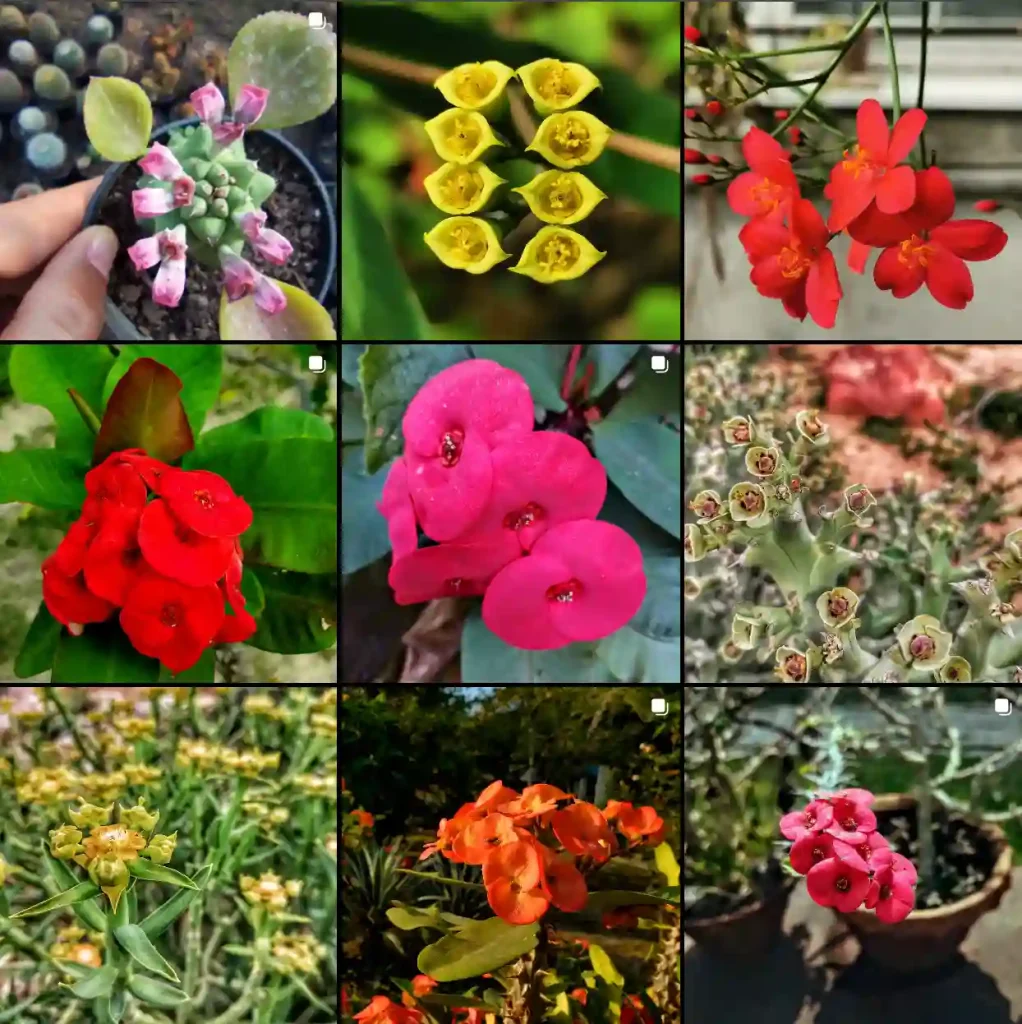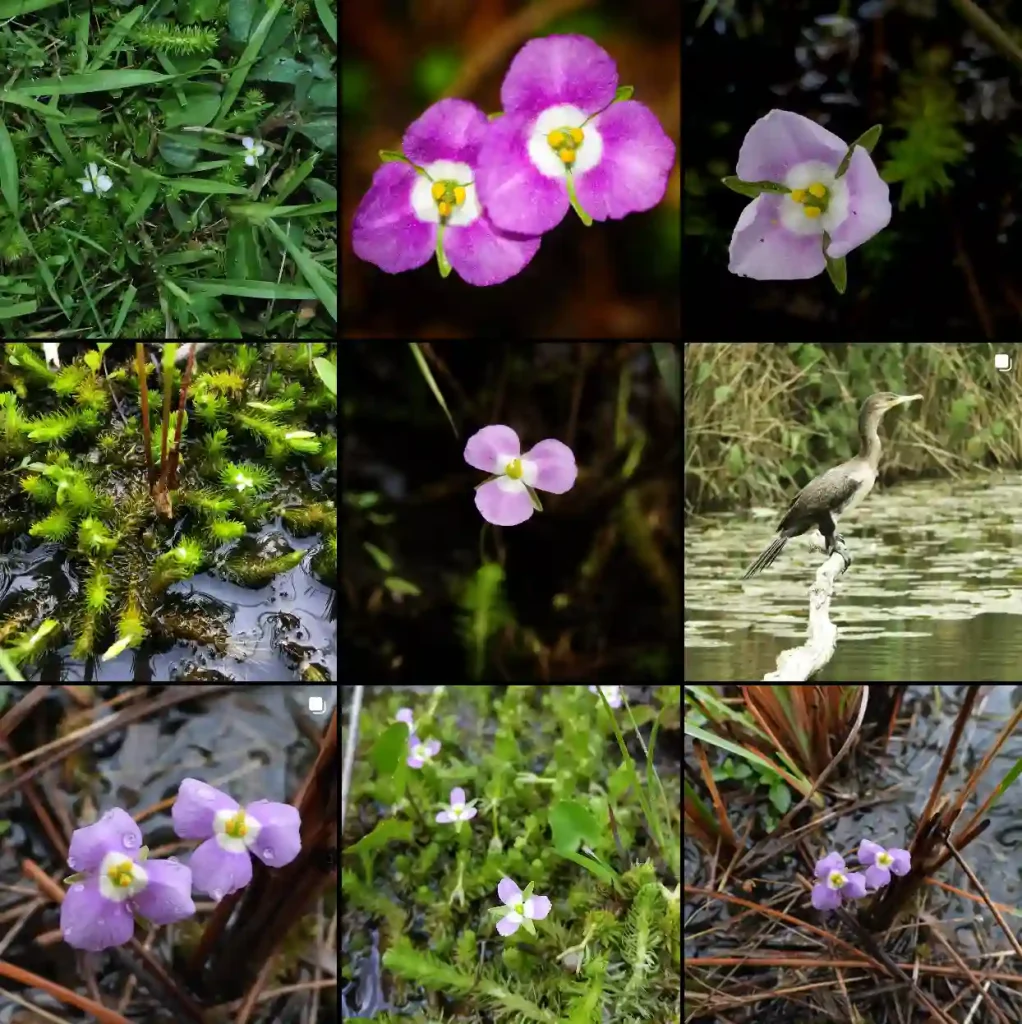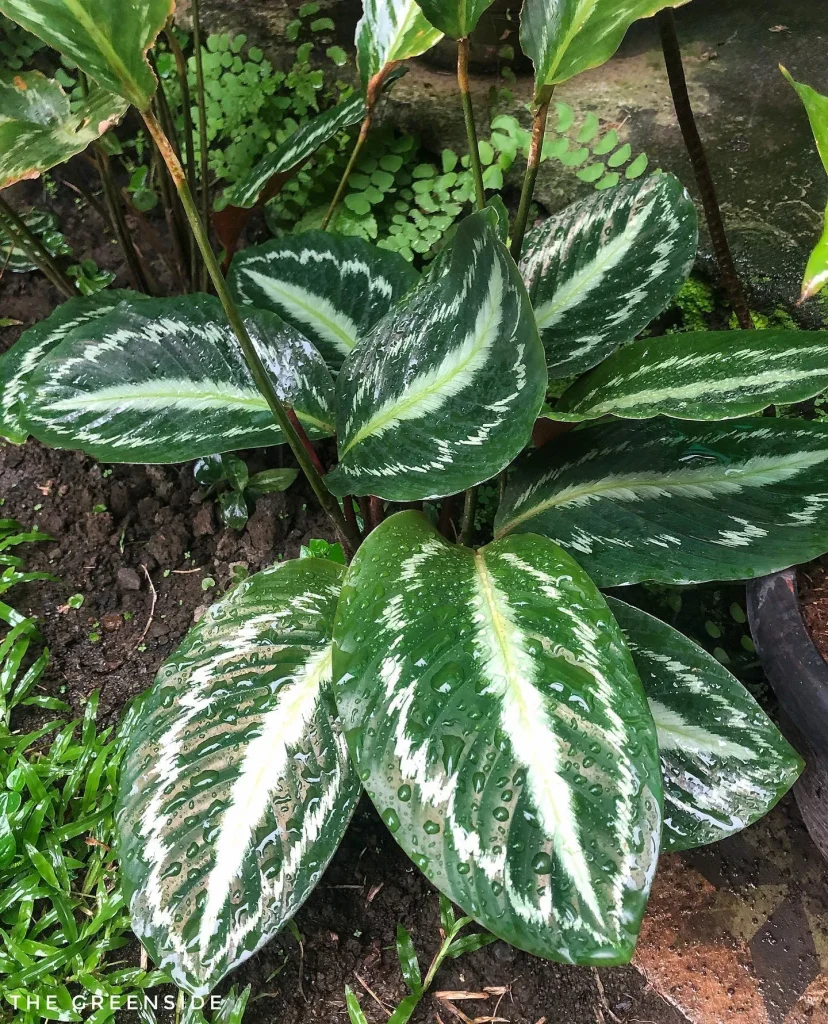Abronia: A Love Affair with Sand Verbenas
As a botanist, I’ve always been drawn to the unique and the beautiful in the plant world. My name is Ferb Vu, and I’m fascinated by the genus Abronia, commonly known as sand verbenas. These captivating plants belong to the Nyctaginaceae family, with their vibrant colors and sweet fragrance, have captured my heart and my research for years.
Imagine walking along a sandy beach, the sun warm on your skin, and the salty air filling your lungs. Suddenly, you come across a patch of brightly colored flowers nestled amongst the dunes. These are likely Abronia, thriving where few other plants dare to grow. They’ve carved a niche for themselves in the harsh, arid environments of western North America, and their resilience is just one of the many things I admire about them.
A Diverse Genus
The genus Abronia boasts around 20 species, each with its own unique characteristics. Some are annuals, completing their life cycle in a single year, while others are perennials, returning year after year. They come in a variety of colors, from the vibrant magenta of Abronia umbellata to the creamy white of Abronia fragrans.
- Abronia alpina: A high-altitude species found in the mountains of California.
- Abronia ammophila: The Yellowstone sand verbena, endemic to the park’s unique lakeshore environment.
- Abronia angustifolia: Known for its narrow leaves and pink flower clusters.
- Abronia fragrans: A fragrant species with white or pinkish-white flowers, often found in sandy soils.
- Abronia latifolia: A yellow-flowered species common along the Pacific coast.
- Abronia macrocarpa: A rare and endangered species with large fruits, found only in Texas.
- Abronia maritima: A coastal species with succulent leaves and showy magenta flowers.
- Abronia mellifera: Attracts bees with its fragrant, white flowers.
- Abronia umbellata: A common coastal species with pink, globe-shaped flower clusters.
- Abronia villosa: Recognizable by its hairy stems and leaves and pink or purple flowers.
- Abronia × alba Eastw.
- Abronia ameliae Lundell
- Abronia bigelovii Heimerl
- Abronia elliptica A.Nelson
- Abronia glabrifolia Standl.
- Abronia gracilis Benth.
- Abronia × minor Standl.
- Abronia nana S.Watson
- Abronia nealleyi Standl.
- Abronia pogonantha Heimerl
- Abronia turbinata Torr. ex S.Watson
Beauty and Resilience
What truly sets Abronia apart is its ability to thrive in challenging conditions. These plants are drought-tolerant, thanks to their deep root systems that can access water deep beneath the sandy soil. They are also salt-tolerant, allowing them to flourish in coastal environments where other plants struggle.
But it’s not just their resilience that I find captivating. Their beauty is undeniable. The flowers of Abronia are often clustered in umbels, creating a stunning display of color. These fragrant blooms attract a variety of pollinators, including bees, butterflies, and moths. The sweet scent, often reminiscent of vanilla or honey, adds another layer to their allure.
Conservation Concerns
Sadly, some Abronia species are facing threats due to habitat loss and degradation. Development, off-road vehicle use, and invasive species are all contributing factors. It’s crucial that we take steps to protect these beautiful and valuable plants. Conservation efforts are underway to preserve their fragile ecosystems and ensure their survival for future generations.
A Continuing Fascination
My journey with Abronia continues. I’m constantly learning more about their biology, ecology, and evolution. These plants have so much to teach us about adaptation, resilience, and the interconnectedness of life. I believe that by understanding and appreciating these fascinating plants, we can gain a deeper understanding of the natural world and our place within it.
I encourage you to seek out Abronia in its natural habitat. Take a moment to appreciate its beauty, its fragrance, and its remarkable ability to thrive in adversity. You might just find yourself falling in love with these captivating plants, just as I have.
If i die, water my plants!



